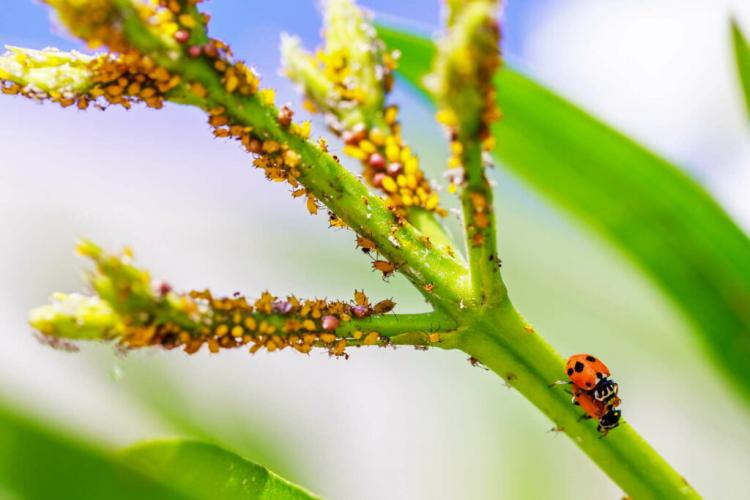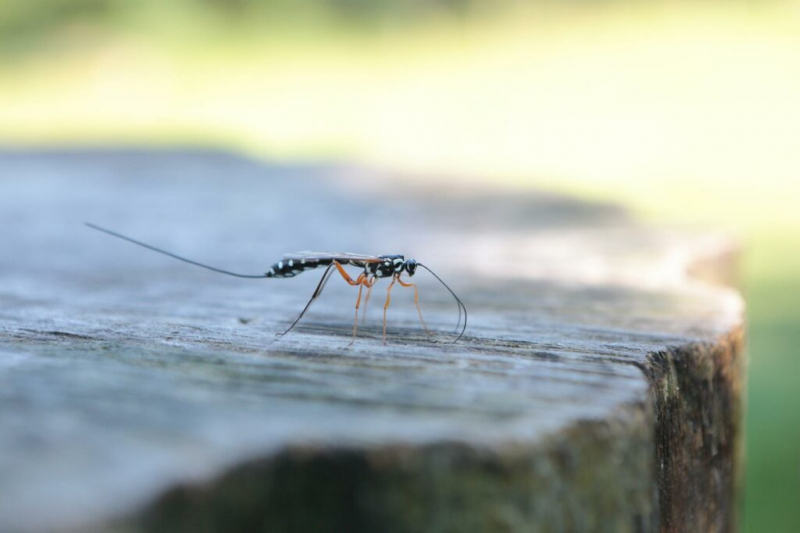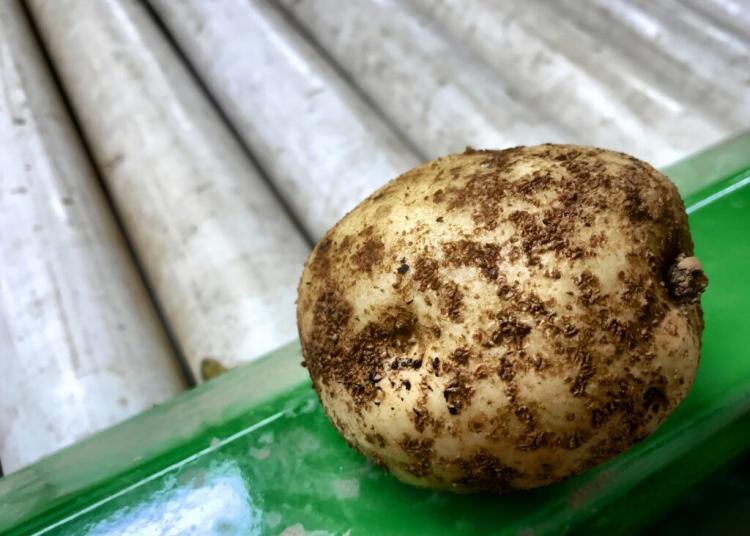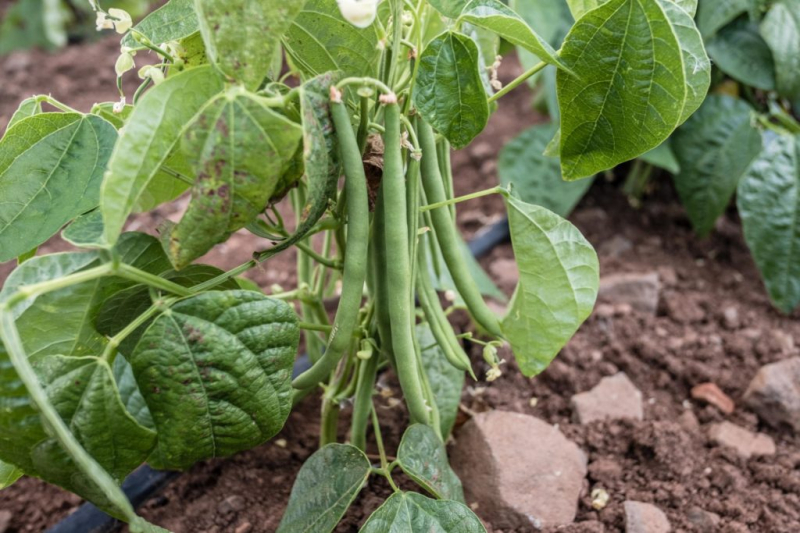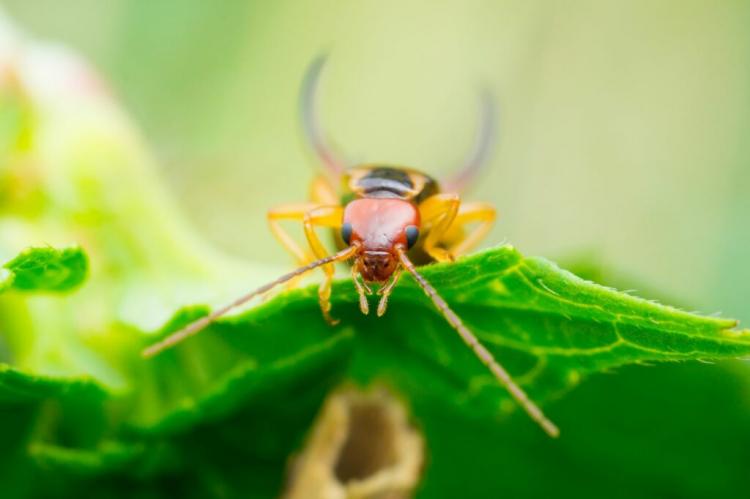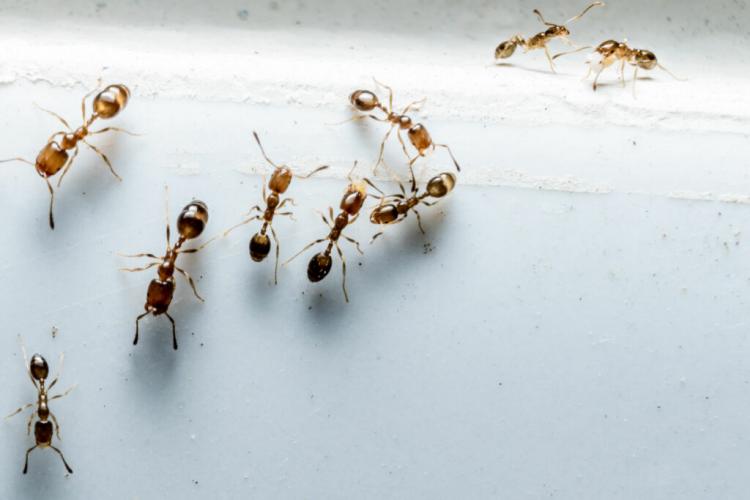Oleander pests: identify and control infestation
Unfortunately, some pests target the oleander. We show you how to recognize and combat the symptoms of a pest infestation.
Weak oleander plants ( Nerium oleander ) easily prey to pests. Some louse species and spider mites, in particular, like to eat the oleander. However, since they significantly weaken the plants, they must be combated.
Proper care for your oleander is of course the best prevention against pests. Healthy plants are more resilient and are not attacked as quickly as weak ones. A pest infestation often indicates a care error such as the wrong location. Too much nitrogen can also be the cause, as it makes the tissue softer and more vulnerable.
Recognize and combat spider mite infestation in oleanders
Table of Contents
When the humidity is low, spider mites ( Tetranychidae ) can become a problem. The small eight-legged animals are difficult to see with the naked eye and mainly sit on the underside of the leaf near the leaf veins. The infected leaves are initially lightly speckled before they first turn silver, then gray-brown, and finally fall off. Another distinguishing feature is the webbed that can be found in leaf axils and on leaf margins. If you suspect a spider mite infestation, take a handkerchief and wipe the underside of the leaf. You can then take a close look at the residue on the handkerchief. If the suspicion is confirmed, you should definitely do something about the mites.
You might so like: Camellia Diseases: Recognizing, Fighting & Preventing (Professional Tips)
Fight spider mite infestation in oleanders:
- As a preventive measure, plants that overwinter in a dry place that is not cool enough should be sprayed with water from time to time
- In the event of an infestation, shower the whole plant lukewarm and wrap it in a plastic bag or a translucent garbage bag for three to four days; the high humidity kills the spider mites
- Rapeseed oil-based pesticides suffocate the spider mites; especially the underside of the leaves should be treated
Recognize and control oleander aphids
Because of their size of a few millimeters, aphids ( Aphidoidea ) are much easier to spot than spider mites. On the oleander, they only sit on fresh shoots and inflorescences, where they pierce the plant to get its sweet juice. Their color spectrum is in the range between green, black or yellow. The first thing that is usually noticed is the white sheaths that appear when aphids are molted and that adhere to the plant.

As a result of the aphids, the plant is of course weakened. There are also deformations of the leaves and sooty mildew. The latter is black deposits on the leaves. These are the excretions of the aphids, on which black mushrooms settle, so-called soot-dew fungus-like ( Capnodiales ).
Procedure for combating aphids on oleanders:
- Rinse the whole plant with a hard jet of water. The whole thing is repeated a few days later.
- Encourage aphids’ predators such as ladybirds and lacewings. Both are preferred in near-natural gardens, as this is where they find the best living space. Be careful not to harm them while controlling the aphids.
- If all else fails, add a tablespoon of soft soap and a small sip of spirit to one liter of water and then spray the plant thoroughly. Ladybugs should be gently wiped off beforehand.
You May Also Like Oleander Fertilizer
Recognize and control scale insects in oleanders
Scale insects ( Coccoidea ) are very unpleasant contemporaries and, like aphids, they weaken the plant by tapping the nutrients and a poisonous secretion that they give into the plant. The infestation with scale insects can be recognized by their sticky secretion and the resulting sooty dew as well as by deformed leaves. The scale insects themselves mainly sit on the underside of the leaves and are usually brownish.
You might so like: Hardy Begonias: Two Cold-Tolerant Species And Varieties
Procedure for combating scale insects on oleanders:
- Spray the whole plant with a mixture of soft soap and water and allow it to take effect
- Then rinse the plant thoroughly with a hard jet of water
- Scale insects are stubborn and can be roughly removed with a cloth and a mixture of soft soap and water
- The predators of scale insects are ladybirds and lacewings; some parasitic wasp species even parasitize scale insects
- Neem oil is a powerful pesticide that can be applied directly to the lice; however, try to keep as little as possible directly on the plant
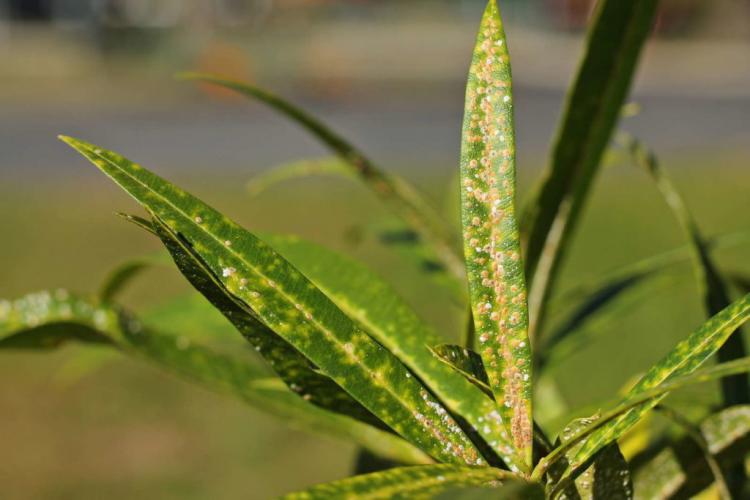
Recognize and fight mealybugs in oleanders
Mealybugs and mealybugs ( Pseudococcidae ) are the same things. They belong to the scale insects but clearly differ from other scale insects by their hairiness. They are usually white or brownish and protect themselves with a waxy cover. This also makes it difficult to combat them. However, this is necessary, as the mealybugs, like the scale and aphids, suck the sap and release poison to the plant. In addition, mealybugs also produce a sweet secretion that leads to the build-up of soot. The same procedure applies to control as for scale insects.
In general, of course, strong and healthy plants are less susceptible to pests. You can find out everything you need to know about proper oleander care here. You can also find out more about the most common diseases of the oleander here.
